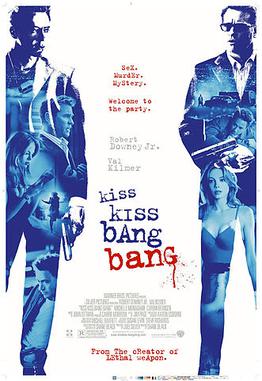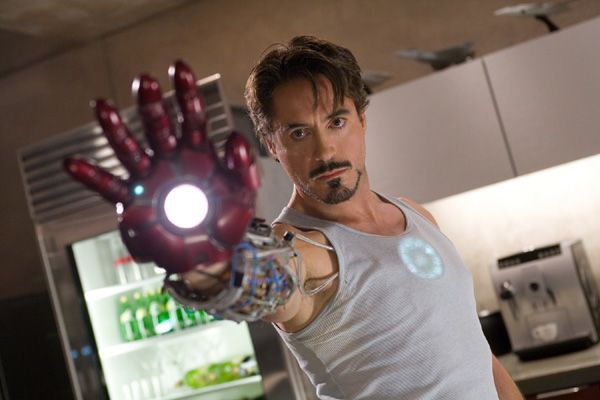"Roman de Gare" (2007)
Directed by Claude Lelouch
It is difficult to place a film like this into a category. Would it be classified as a thriller? A character study? A drama? Probably a combination of the three. This French film follows several different threads that eventually converge around the middle of the film. We initially follow a mysterious man named Pierre Laclos (Dominique Pinon), who may or may not be a serial killer who is on the loose, a teacher gone missing, or even a writer's secretary. In the meantime, Huguette (Audrey Dana), a volatile woman whose profession is hairdressing, is driving up to her parent's house in the countryside with her fiancee. After getting in a heated argument, her fiancee drives off in her car, leaving her behind at a gas station. It is there that Laclos befriends her and, after a night of waiting and her fiancee never returning, she accepts the stranger's offer to drive her to her parent's house.Directed by Claude Lelouch
Of course, this entire situation can be, rightfully, interpreted as terribly contrived, and it gets even worse when Huguette asks Laclos to pose as her fiancee so as not to disappoint her parents. While this may look bad on paper, this first hour of the film manages to work quite well. Pinon and Dana's excellent performances and the filmmakers' effective use of camera movement, lighting, and sound create an undercurrent of tension that gives Laclos's interactions with Huguette and her family an enjoyable and exciting atmosphere of suspense. These are both interesting characters that we want to learn more about: We have no idea what Laclos will - or will not - do and while Huguette is, on the surface, merely a jerk, she is a more complicated character who, at her roots, wants to love others in spite of her inherent selfishness.
After spending an hour with this intriguing setup, the film meanders down another path. We learn about a popular writer named Judith Ralitzer (Fanny Ardant) and her relationship to Laclos. There is some intrigue and even a murder case that results from this thread, but this section of the film is not as interesting as the first part. Perhaps this is because the plot turns out to be, in the end, predictable, overly-talkative, and rather mundane fare. But most of all, I think this results from Lelouch's decision to shift his film's vision away from the exclusive and almost claustrophobic focus on Huguette and Laclos's entertaining interactions to extraneous and ultimately trivial diversions.
Rating: 7


















































